FOOD
30 Low-Calorie Foods That Satisfy And Help You Feel Full
Published
2 months agoon

Shutterstock
When trying to maintain a healthy diet, it’s important to find foods that are low in calories but still leave you feeling full and satisfied. These foods typically have a high water content, are rich in fiber, or contain lean protein, all of which help to curb hunger and keep you energized. Incorporating these foods into your meals can aid in weight management and overall well-being. Here, we explore 30 low-calorie foods that can help you stay full and maintain a balanced diet.
Oatmeal
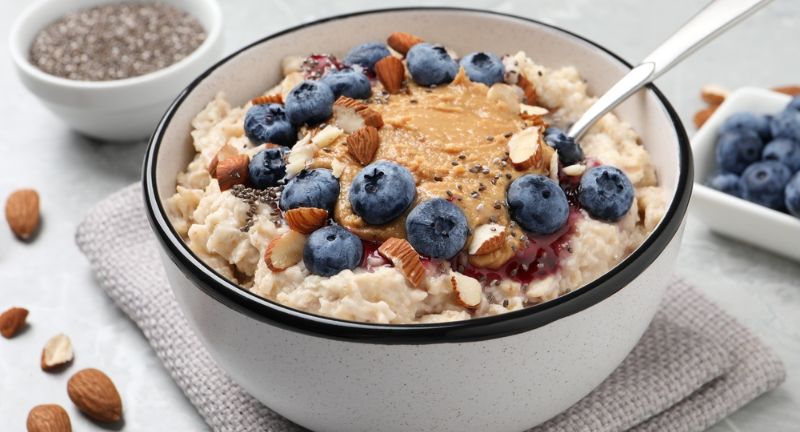
Shutterstock
Oatmeal is a fantastic low-calorie food that can help you feel full for hours. It is rich in soluble fiber, which slows down digestion and keeps you satiated. Oats also have a low glycemic index, providing a slow release of energy. Adding fruit or a small amount of nuts can enhance its flavor and nutritional value.
Greek Yogurt
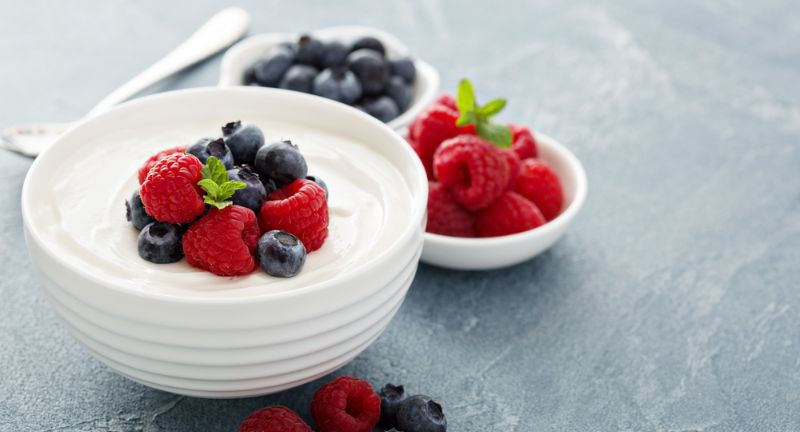
Shutterstock
Greek yogurt is high in protein and lower in calories compared to regular yogurt. Its thick and creamy texture makes it a satisfying snack or meal addition. The protein content helps to keep hunger at bay for longer periods. Opt for plain, non-fat Greek yogurt to keep the calorie count low and add fresh fruits or a drizzle of honey for natural sweetness.
Apples

Shutterstock
Apples are a low-calorie fruit that is high in fiber and water, making them very filling. They contain pectin, a type of soluble fiber that promotes a feeling of fullness. Eating an apple before a meal can help reduce overall calorie intake. They are also convenient and portable, making them an ideal snack option.
Cucumber
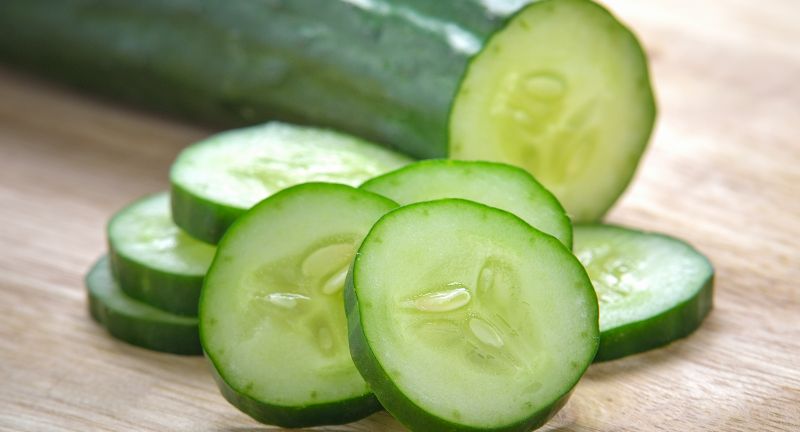
Shutterstock
Cucumber is a hydrating vegetable with very few calories. Its high water content contributes to a feeling of fullness without adding many calories. Cucumbers are also versatile and can be added to salads, sandwiches, or enjoyed on their own with a dash of salt or a healthy dip. They are refreshing and perfect for weight management.
Popcorn
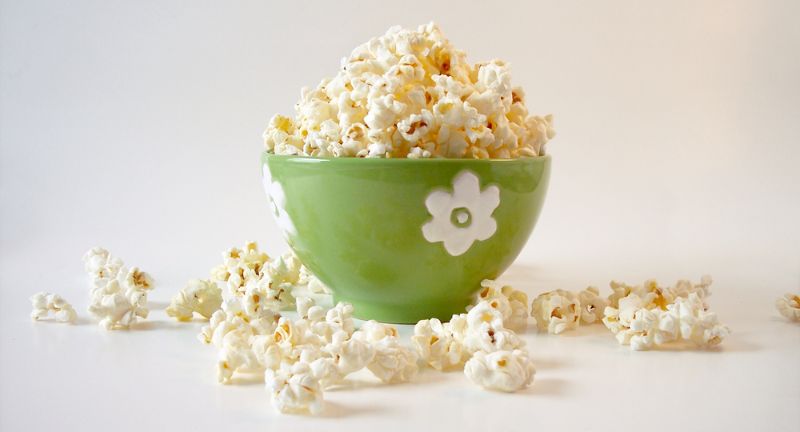
Shutterstock
Popcorn is a whole grain that is low in calories and high in fiber, making it a great snack for feeling full. When air-popped and eaten without added butter or oil, it provides a lot of volume for few calories. The fiber content helps to curb hunger and promote satiety. It’s an excellent option for a healthy, crunchy snack.
Eggs
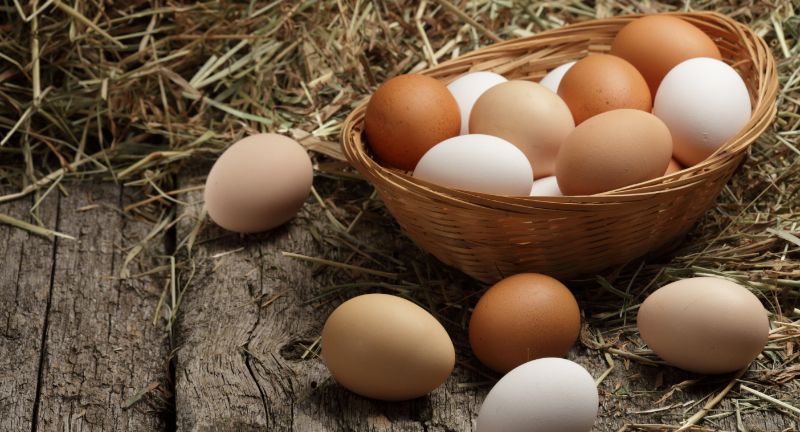
Shutterstock
Eggs are an excellent source of high-quality protein and can help keep you full for a long time. They are low in calories, with one large egg containing about 70 calories. Eggs can be prepared in various ways, such as boiled, poached, or scrambled, making them a versatile food. Including eggs in your breakfast can help reduce overall calorie intake throughout the day.
Carrots
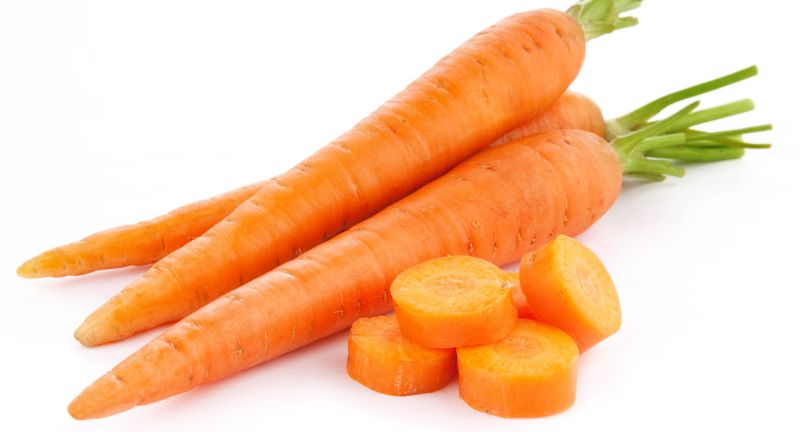
Shutterstock
Carrots are low in calories and high in fiber, making them a great food for feeling full. They are also rich in vitamins and minerals, particularly vitamin A. The crunchy texture of carrots can satisfy the desire for a snack, and they can be enjoyed raw, roasted, or in soups and salads. Carrots are a healthy, low-calorie option that can keep hunger at bay.
Lentils
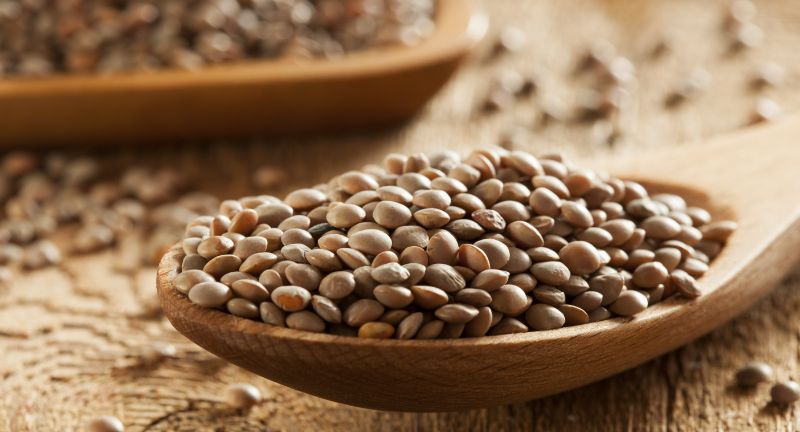
Shutterstock
Lentils are a high-protein, high-fiber legume that can help you feel full and satisfied. They are low in calories but rich in essential nutrients like iron and folate. Lentils can be used in soups, stews, salads, or as a meat substitute in various dishes. Their fiber and protein content make them an excellent choice for maintaining a healthy diet and managing hunger.
Watermelon
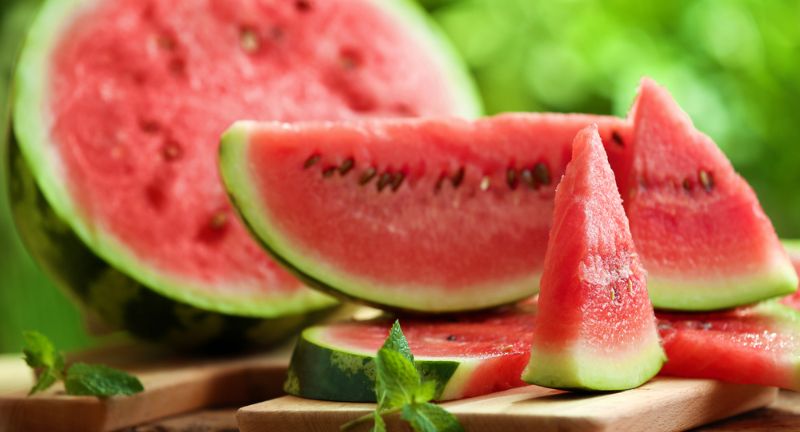
Shutterstock
Watermelon is a hydrating fruit that is low in calories and high in water content. This makes it a great choice for feeling full without consuming many calories. Watermelon is also rich in vitamins A and C and provides a refreshing sweetness. It is perfect for a light, summery snack or dessert.
Chia Seeds
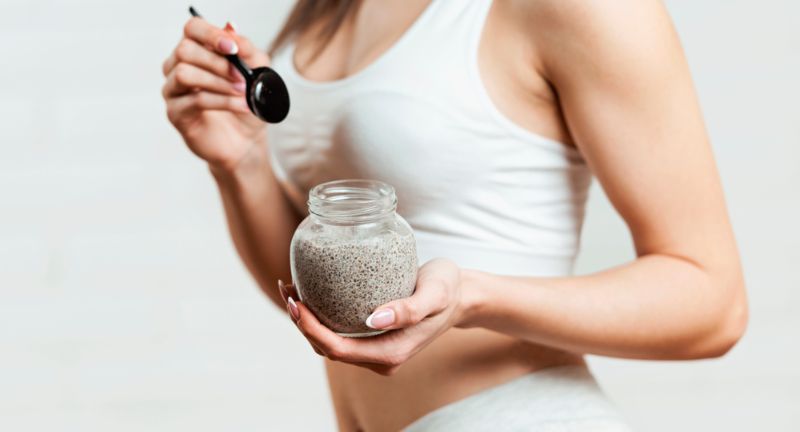
Shutterstock
Chia seeds are a nutritional powerhouse that can help you feel full for longer periods. They are high in fiber, protein, and omega-3 fatty acids. When mixed with liquid, chia seeds expand and form a gel-like consistency, which can help curb appetite. They can be added to smoothies, yogurt, or used to make chia pudding.
Broccoli
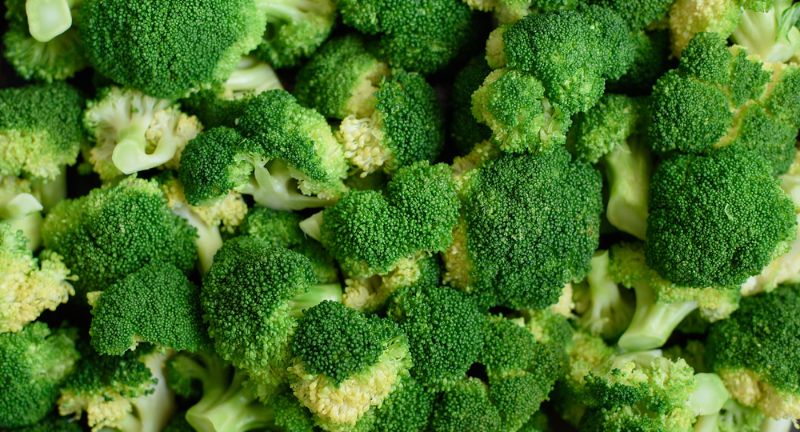
Shutterstock
Broccoli is a low-calorie vegetable that is high in fiber and water content, making it very filling. It is also rich in vitamins C and K, and other essential nutrients. Broccoli can be enjoyed raw, steamed, roasted, or added to various dishes. Its high fiber content helps to keep you full and satisfied, making it an excellent addition to a healthy diet.
Spinach
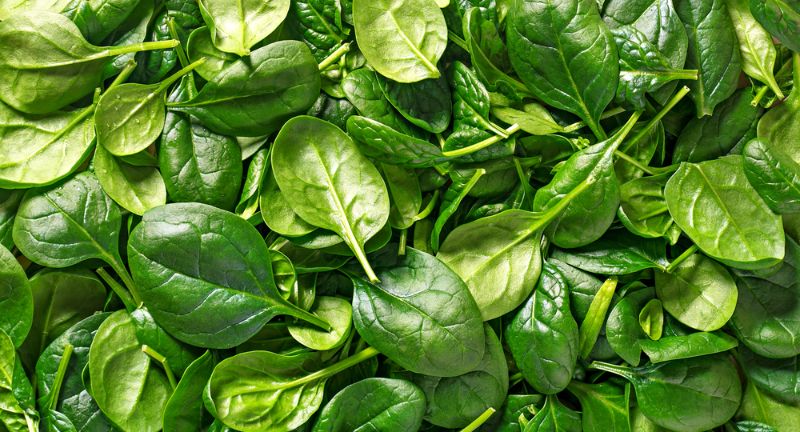
Shutterstock
Spinach is a nutrient-dense, low-calorie leafy green that is high in fiber. It provides essential vitamins and minerals, including iron and calcium. Spinach can be used in salads, smoothies, soups, or as a cooked side dish. Its high water and fiber content help to promote satiety, making it a great food for weight management.
Cauliflower
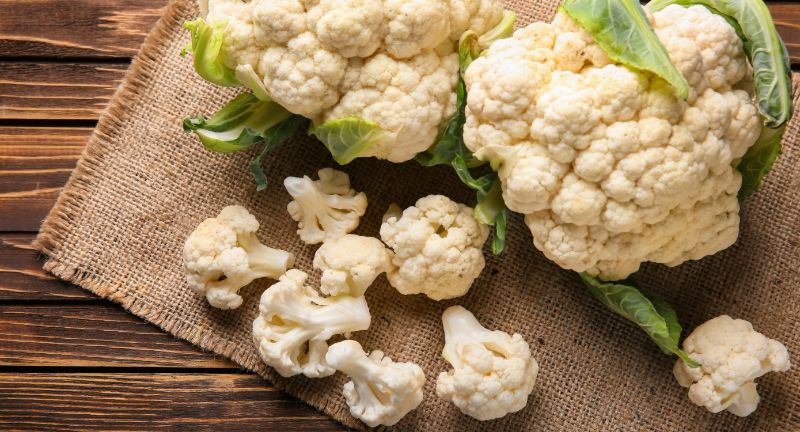
Shutterstock
Cauliflower is a versatile, low-calorie vegetable that can help you feel full. It is high in fiber and can be used as a substitute for higher-calorie foods like rice and potatoes. Cauliflower can be roasted, mashed, or used in soups and salads. Its fiber content aids in digestion and promotes a feeling of fullness.
Almonds
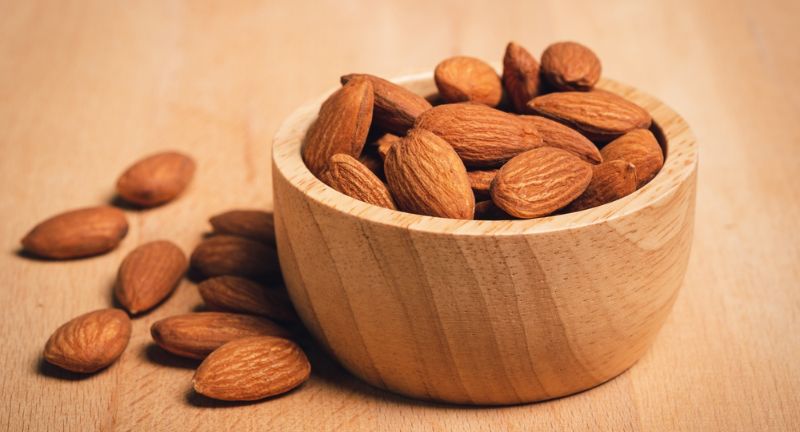
Shutterstock
Almonds are a high-protein, high-fiber nut that can help keep you full between meals. They are calorie-dense but can be consumed in moderation as part of a healthy diet. Almonds are also rich in healthy fats, vitamin E, and magnesium. A small handful of almonds makes for a nutritious and satisfying snack.
Quinoa

Shutterstock
Quinoa is a protein-rich grain that is also high in fiber, making it a filling addition to any meal. It is a complete protein, providing all nine essential amino acids. Quinoa can be used in salads, as a side dish, or as a base for various recipes. Its combination of protein and fiber helps to keep you full and energized.
Celery
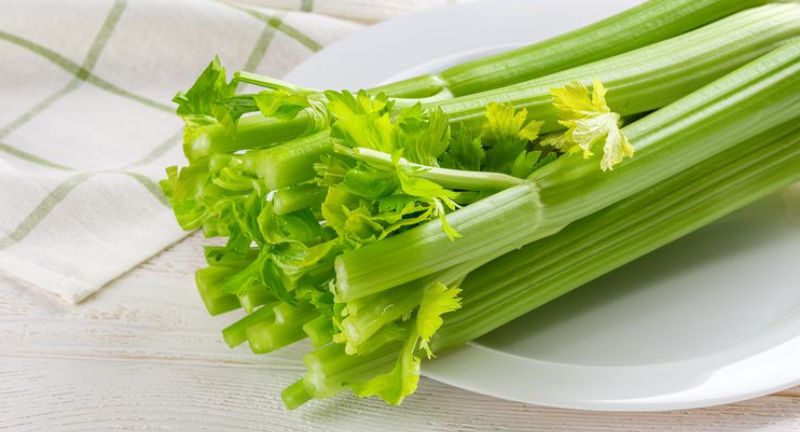
Shutterstock
Celery is a low-calorie vegetable that is mostly water, making it very hydrating and filling. It is also a good source of fiber, which helps to promote a feeling of fullness. Celery can be enjoyed raw, with dips, or added to salads and soups. Its crunchy texture makes it a satisfying snack option.
Beans

Shutterstock
Beans are an excellent source of plant-based protein and fiber, making them very filling. They are low in calories but high in essential nutrients like iron, potassium, and folate. Beans can be used in soups, stews, salads, or as a meat substitute in various dishes. Their high fiber content helps to keep you full and satisfied.
Peppers
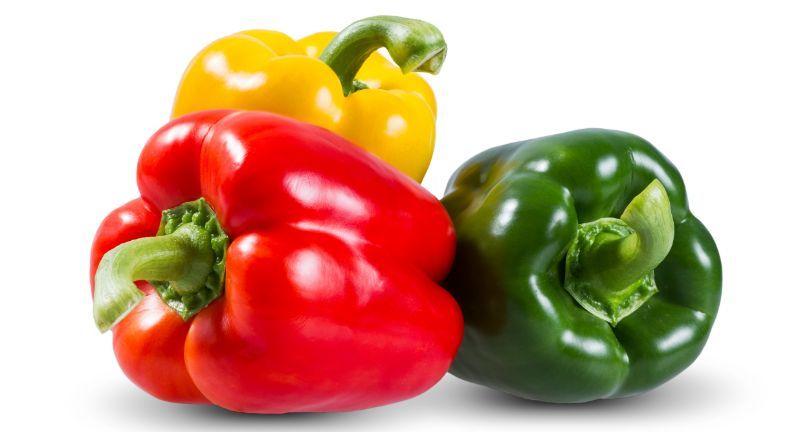
Shutterstock
Peppers are low in calories and high in water and fiber, making them a great food for feeling full. They are also rich in vitamins A and C, adding a nutritional boost to your diet. Peppers can be eaten raw, roasted, grilled, or added to various dishes. Their sweet and crunchy texture makes them a versatile and satisfying food.
Zucchini
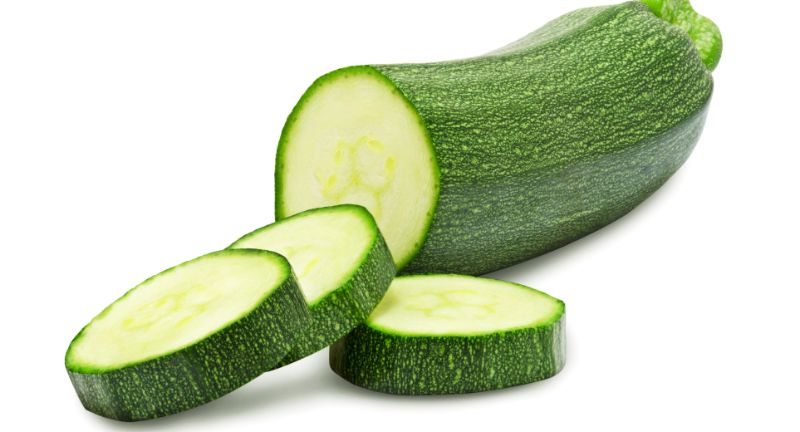
Shutterstock
Zucchini is a low-calorie vegetable that is high in water and fiber. It can be spiralized into noodles, added to salads, or used in baked dishes. Zucchini is also rich in vitamins and minerals, including vitamin C and potassium. Its versatility and high water content make it a filling and healthy food choice.
Berries
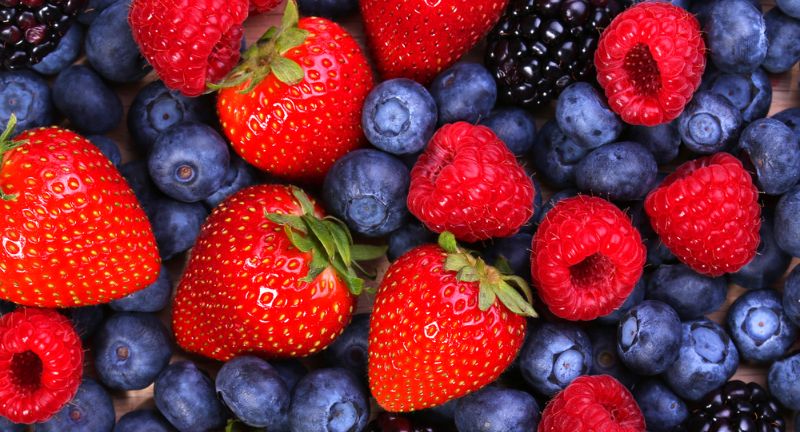
Shutterstock
Berries, such as strawberries, blueberries, and raspberries, are low in calories but high in fiber and antioxidants. They provide natural sweetness and are very filling due to their high water content. Berries can be eaten on their own, added to yogurt, or included in smoothies and salads. They are a nutritious and satisfying option for those looking to manage their weight.
Tomatoes
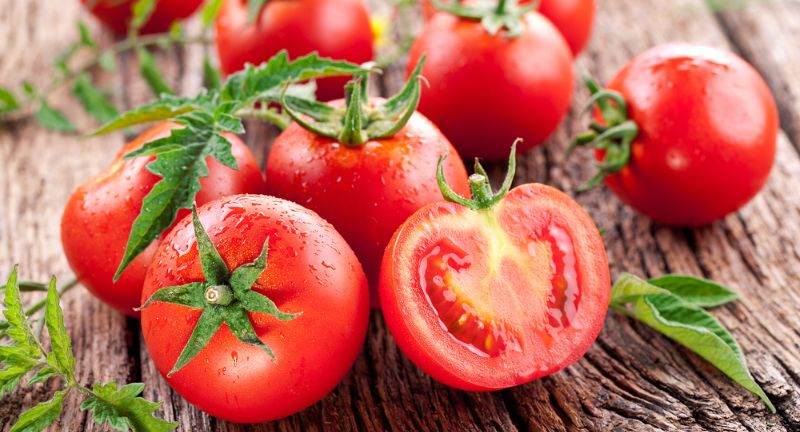
Shutterstock
Tomatoes are low in calories and high in water and fiber, making them very filling. They are also rich in vitamins A and C and the antioxidant lycopene. Tomatoes can be enjoyed raw, in salads, cooked in sauces, or roasted. Their versatility and nutritional benefits make them an excellent addition to a healthy diet.
Fish
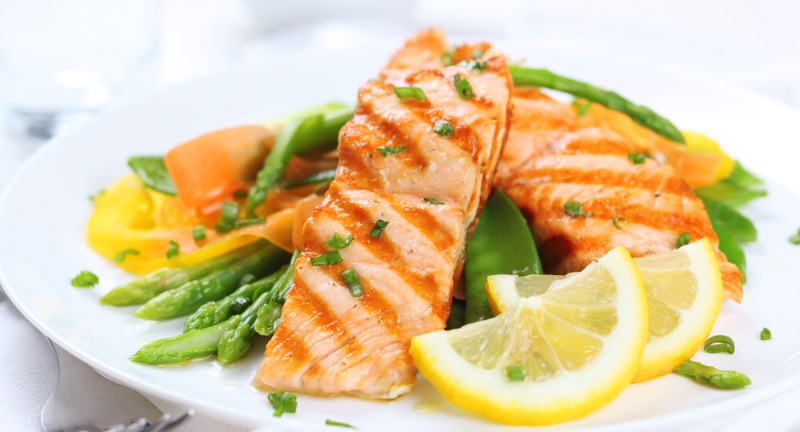
Shutterstock
Fish, particularly lean varieties like cod, haddock, and tilapia, are high in protein and low in calories. Protein helps to keep you full and satisfied, making fish a great option for a filling meal. Fish is also rich in omega-3 fatty acids, which are beneficial for heart health. Grilling, baking, or steaming fish can help maintain its nutritional value and keep calorie counts low.
Edamame
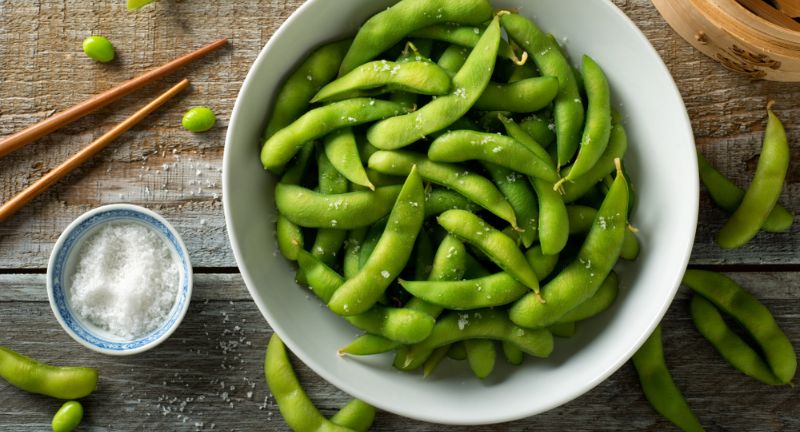
Shutterstock
Edamame, or young soybeans, are a high-protein, high-fiber snack that can help you feel full. They are low in calories but packed with essential nutrients like iron, calcium, and magnesium. Edamame can be enjoyed boiled or steamed and lightly salted. They make a nutritious and satisfying snack or addition to meals.
Cottage Cheese
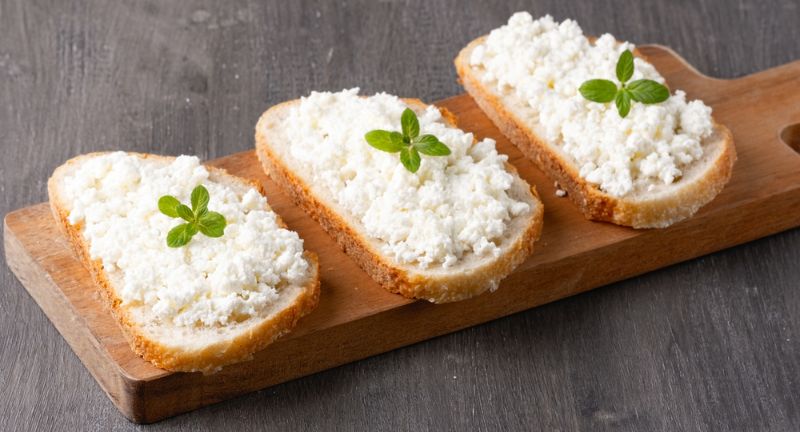
Shutterstock
Cottage cheese is a low-calorie dairy product that is high in protein, making it very filling. It is also rich in essential nutrients like calcium and vitamin B12. Cottage cheese can be eaten on its own, with fruit, or used in various recipes. Its high protein content helps to keep hunger at bay, making it a great choice for a satisfying snack or meal component.
Spaghetti Squash
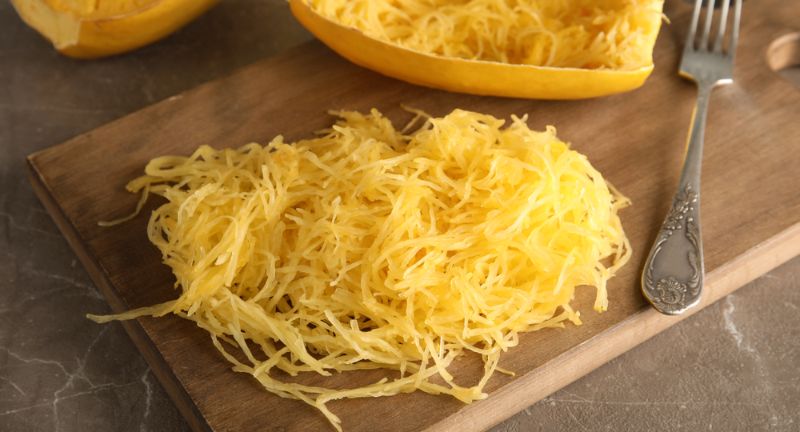
Shutterstock
Spaghetti squash is a low-calorie vegetable that can be used as a substitute for pasta. It is high in fiber, which helps to promote a feeling of fullness. When cooked, the flesh of the squash can be shredded into spaghetti-like strands, making it a versatile and healthy option. Spaghetti squash is also rich in vitamins and minerals, including vitamin C and potassium.
Pears
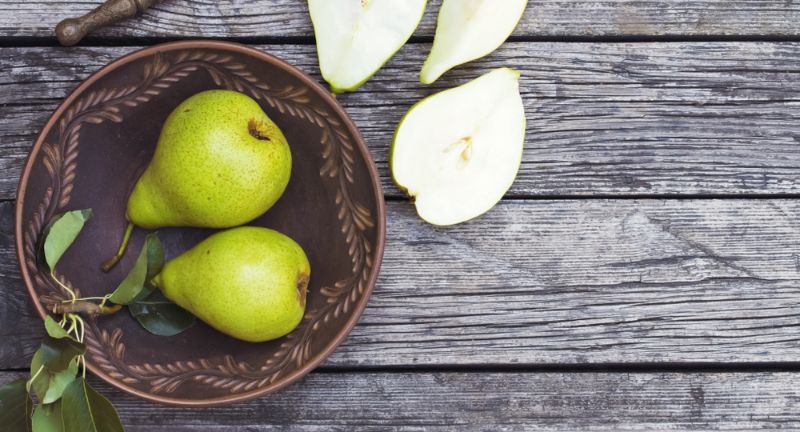
Shutterstock
Pears are a low-calorie fruit that is high in fiber and water content, making them very filling. They are also rich in vitamins and antioxidants, providing a nutritious boost. Eating a pear as a snack or adding it to meals can help keep hunger at bay. Their natural sweetness and juiciness make them a delicious and satisfying option.
Radishes
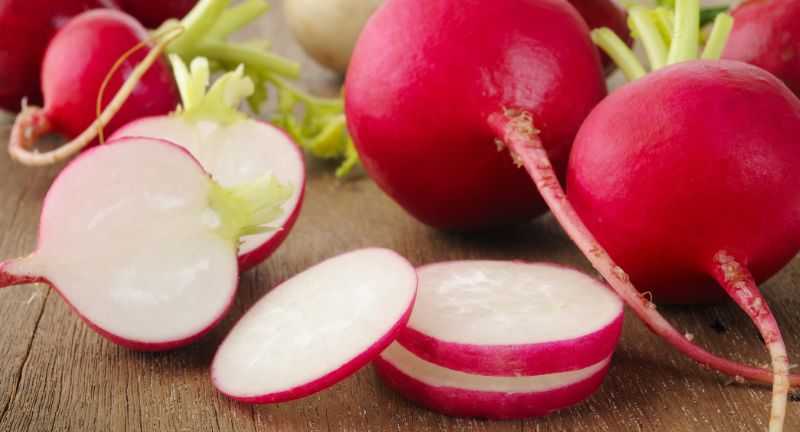
Shutterstock
Radishes are a low-calorie vegetable that is high in water content, making them very hydrating and filling. They are also rich in vitamin C and other essential nutrients. Radishes can be enjoyed raw in salads, as a crunchy snack, or pickled. Their peppery flavor adds a unique taste to dishes, and their low calorie count makes them a healthy choice.
Artichokes
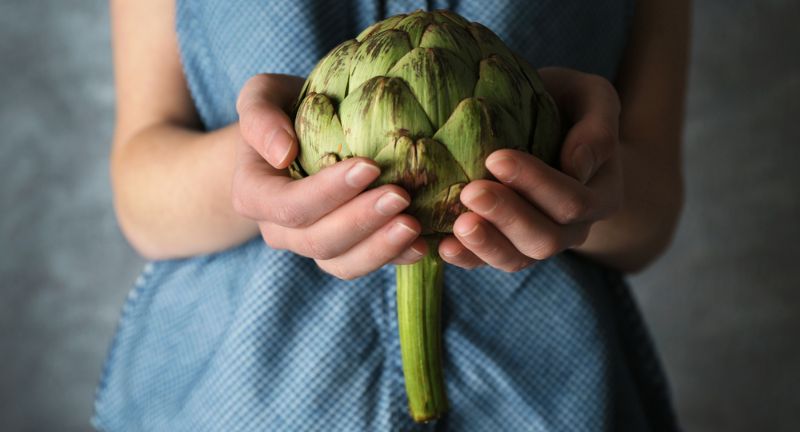
Shutterstock
Artichokes are low in calories and high in fiber, making them a great food for feeling full. They are also rich in vitamins and minerals, including vitamin C, vitamin K, and magnesium. Artichokes can be steamed, roasted, or added to various dishes. Their high fiber content helps to promote satiety and aid in digestion.
Conclusion

Shutterstock
Incorporating low-calorie foods that make you feel full into your diet can be a game-changer for maintaining a healthy lifestyle. These foods are not only nutrient-dense but also help in curbing hunger and managing weight effectively. From fiber-rich vegetables to protein-packed options, there are plenty of delicious and satisfying choices to keep you energized throughout the day. Remember, the key to a successful diet is balance and variety, ensuring you get a wide range of nutrients. By choosing these low-calorie, filling foods, you can enjoy your meals without the extra calories, paving the way for a healthier you.
Related Topics:

More From Lifestylogy
-
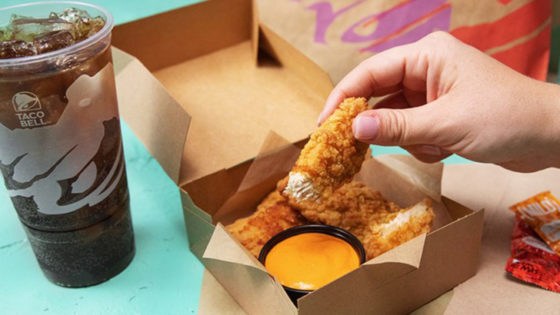

Taco Bell Entering the Fried Chicken Wars
-
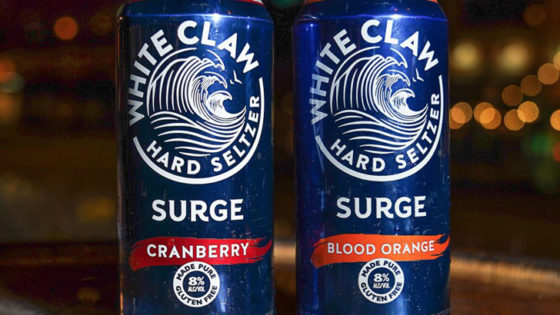

White Claw’s New Seltzer Line Contains Even More Alcohol
-
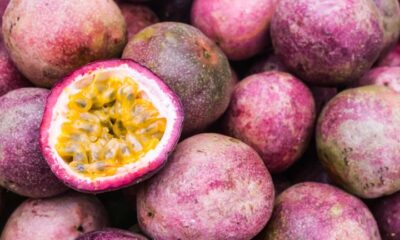

30 Fruits That People Are Commonly Allergic To
-


Foods to Avoid While Pregnant
-


Aldi Unveils the Perfect Staycation Wine Offering
-
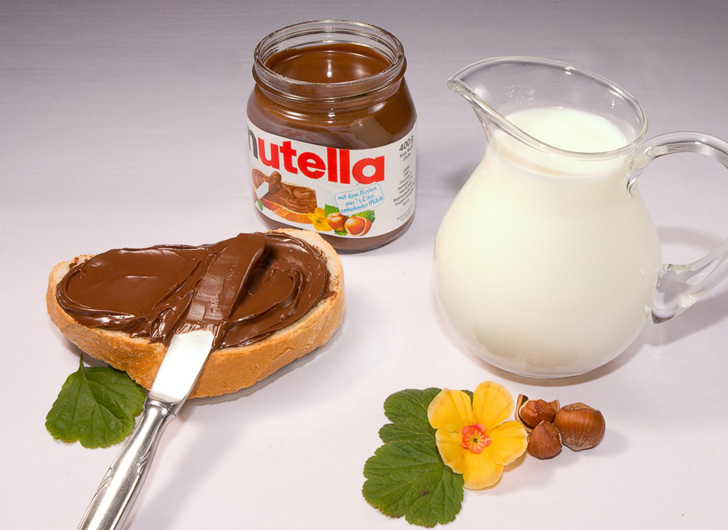

Dream Job Alert! Nutella Hiring Taste Testers
-
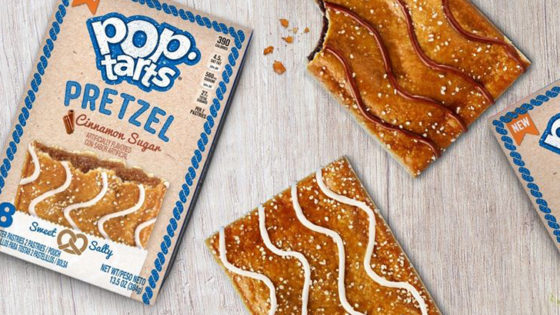

Pop-Tarts Getting a New Pretzel Twist
-
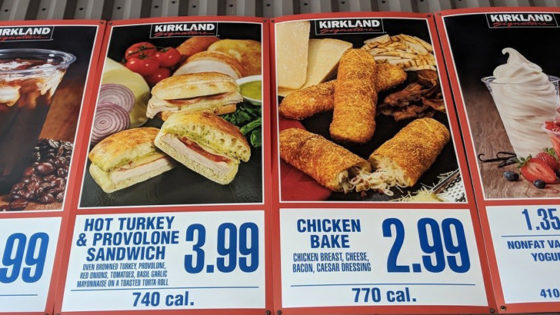

Big Changes Coming to Costco’s Food Court
-


Five Health Benefits of Apple Cider Vinegar